Table of contents
3. Reasons for recommending JNPF

Are you overwhelmed by the challenges of the programming world? Want to develop professional-grade projects in a more efficient and simple way? JNPF low-code tool is exactly what you are looking for! It is a magical tool designed specifically for entry-level people who know a little bit about programming ideas. Integrated Rich functions and components allow you to easily master programming and quickly become a visual development expert! No one can replace software development, but this tool will definitely be your best assistant.
1. What is low code
Low-Code is a software development method that helps developers quickly build applications through a graphical interface instead of traditional manual programming. The low-code platformprovides a wealth of preset components and modules. Developers can complete application development by dragging and dropping components and configuring modules, which greatly improves development efficiency and reduce development difficulty.
A mature low-code development platform usually provides the following features:
1) Visual development environment: Provides visual interface design tools, and development can be completed by dragging components and configuring modules.
2) Preset components and modules:The platform provides a wealth of preset components and modules, such as data sources, forms, processes, reports, etc., which can be used directly or customized and extended. .
3) Rapid iteration: The low-code platform provides version control and hot update functions, which can quickly iterate applications and adapt to business changes.
4) Security:The platform provides multi-level security guarantees, such as data encryption, access control, identity authentication, etc., to ensure the security of applications.
5) Integration capabilities:Low-code platforms usually provide rich integration interfaces that can be seamlessly integrated with existing systems.
The low-code development method is suitable for all types of enterprise-level application development, especially for application scenarios that require rapid iteration and rapid response to business needs. However, low-code platforms usually cannot meet application scenarios with high complexity and personalized requirements, and traditional manual programming methods are still required for development in such scenarios.
Today I recommend to youA universal platform that is hard to make mistakes, suitable for programmers and meets all scenarios——JNPF, take everyone to see JNPF What content and surprises will be brought to us.
JNPFLow-code platform homepage:https://www.jnpfsoft.com/?csdnxx
2.What is JNPF?
A build based on Java Boot/.Net 6 A simple, cross-platform rapid development framework, based on SpringBoot / Springcloud+Vue's front-end and back-end separation 's project, although small, has all the essentials and can be used right out of the box!

As a developer,often need to spend a lot of time on highly repetitive and low-tech tasks such as data binding and interface design. The specific user business should be focused on. I didn’t invest much time in building the logical requirements. This is why more and more programmers are joining the ranks of low/no-code development.
Low/no code encapsulates the underlying functions to achieve user-end visualization, templates, and wizards, greatly reducing repetitive work quantity. For developers, JNPF is a "code generator" that is no different from handwritten code and can be separated The JNPF platform can be deployed arbitrarily, not to mention that it supports full source code delivery of projects and buyout software, which are open conditions that most low-code platforms do not have.
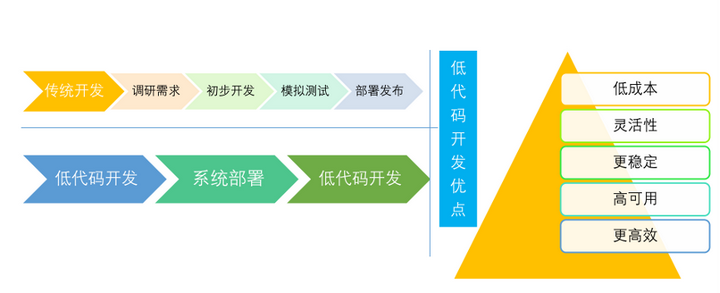
3. Reasons for recommending JNPF
JNPF of Inmai Information, has been outstanding in terms of market performance and product competitiveness in recent years. In addition to more affordable service delivery with cooperative customers,< a i=2>Yinmai has also been specializing in the research and development of its own brand-name products.
The JNPF platform has the following advantages and features:
- Coexistence of multiple projects: quickly build a basic framework
Based on it, you can easily create new projects, multiple projects coexist on one platform, and see all projects at a glance.
- Visual drag-and-drop layouter: easily design interfaces
A large number of business components cover common functional requirements, such as forms, charts, maps, etc. These components are carefully designed and optimized, allowing you to easily build applications with rich functions and superior performance.
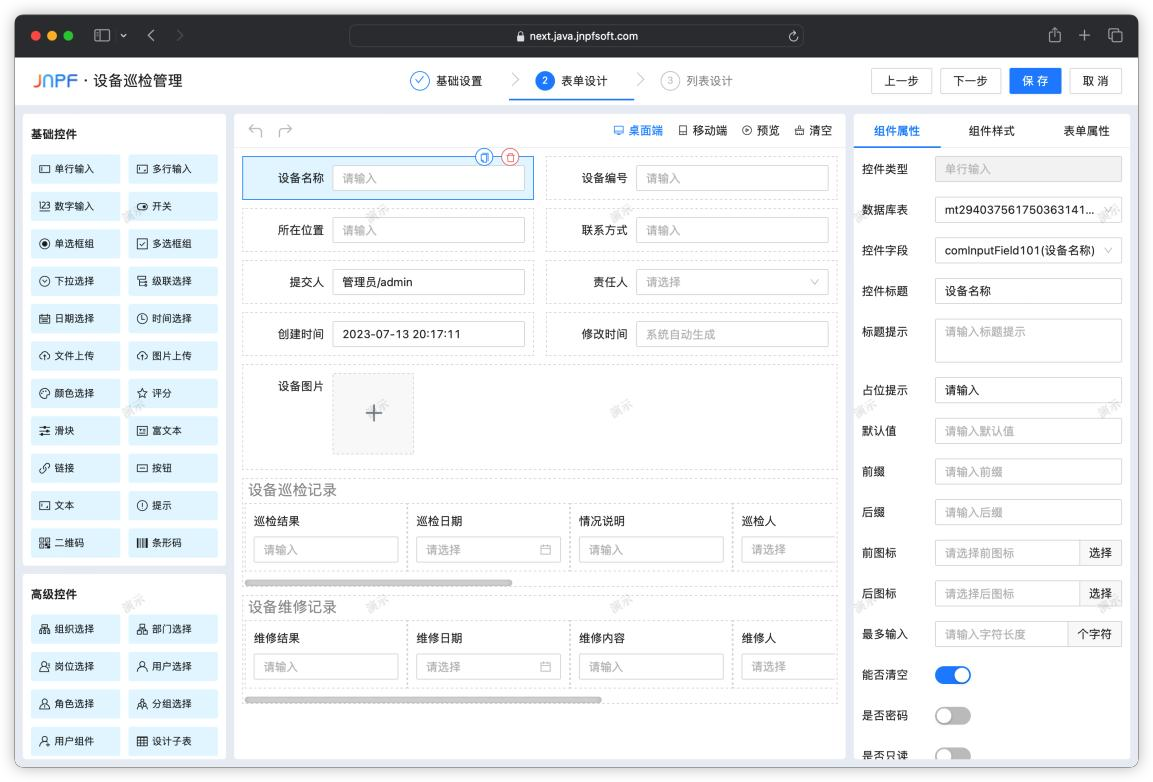
- Workflow engine: Simplify complex business processes
It has a built-in powerful workflow engine to help you handle complex business processes easily. Through simple configuration, you can realize automated task allocation, approval, notification and other functions, greatly improving work efficiency.
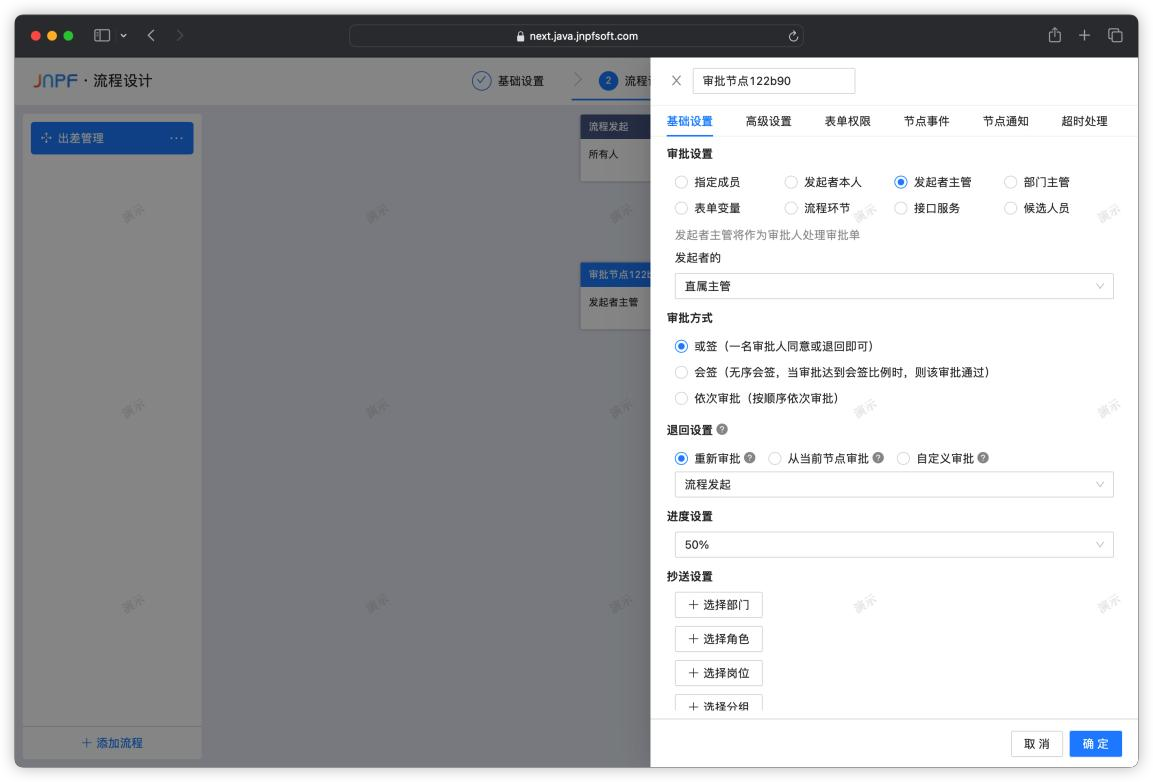
- Large screen designer: Rich statistical chart components make data visualization better
The large-screen designer has thousands of statistical chart components to choose from, covering a variety of common data visualization needs. Through the large-screen designer, you can easily add a variety of cool data charts to your project to make the data presentation more intuitive and vivid.
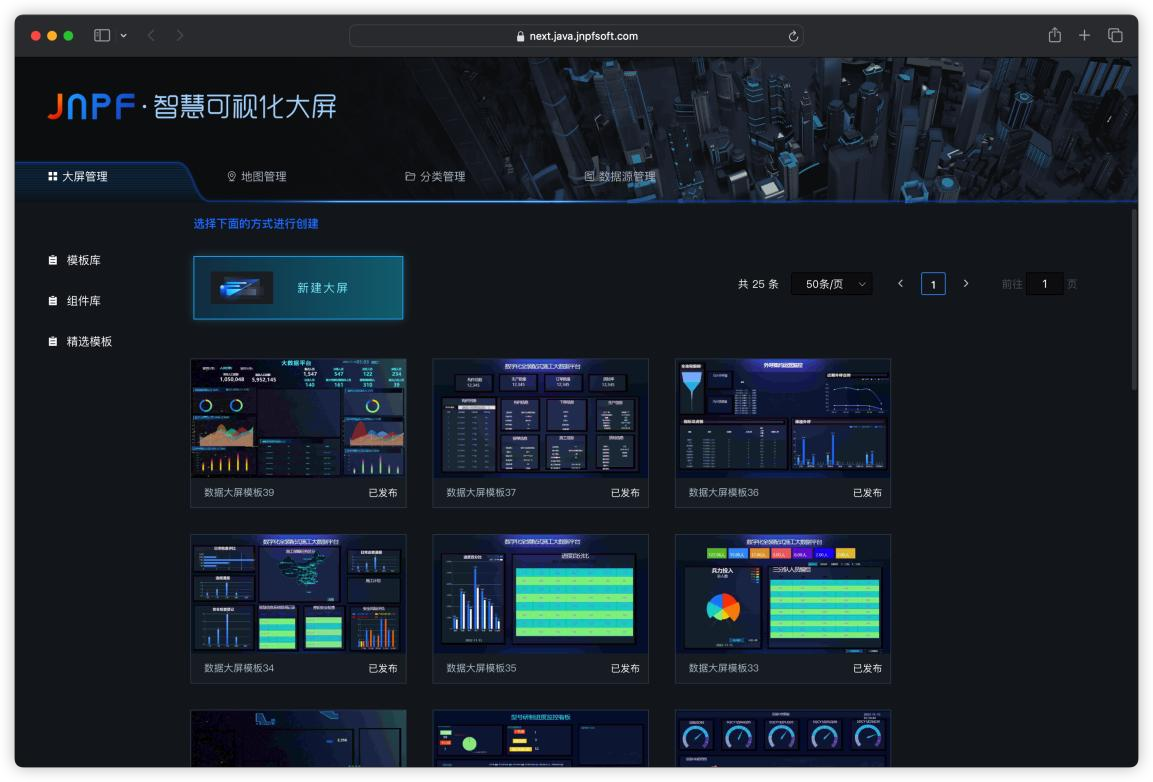
- Comes with built-in management background: easily manage projects
It provides you with a fully functional management backend, allowing you to easily manage and maintain your projects. Here, you can check the running status of the project, manage users and permissions, configure system parameters, etc., making project operation and maintenance simple and efficient.

- Custom components: create unique applications
If you still feel inadequate with the existing components,JNPF also supports custom components. You can write custom components according to your own needs to add unique functionality and style to your application.
- Support multiple databases: meet different data storage needs
Supports a variety of databases, such as MySQL, Oracle, SQL Server, PostgreSQL, Dameng, Renmin University of Finance and Economics, etc. to meet your needs Data storage requirements. Whether it is a relational database or a non-relational database, JNPF can easily handle it, making your project more scalable.
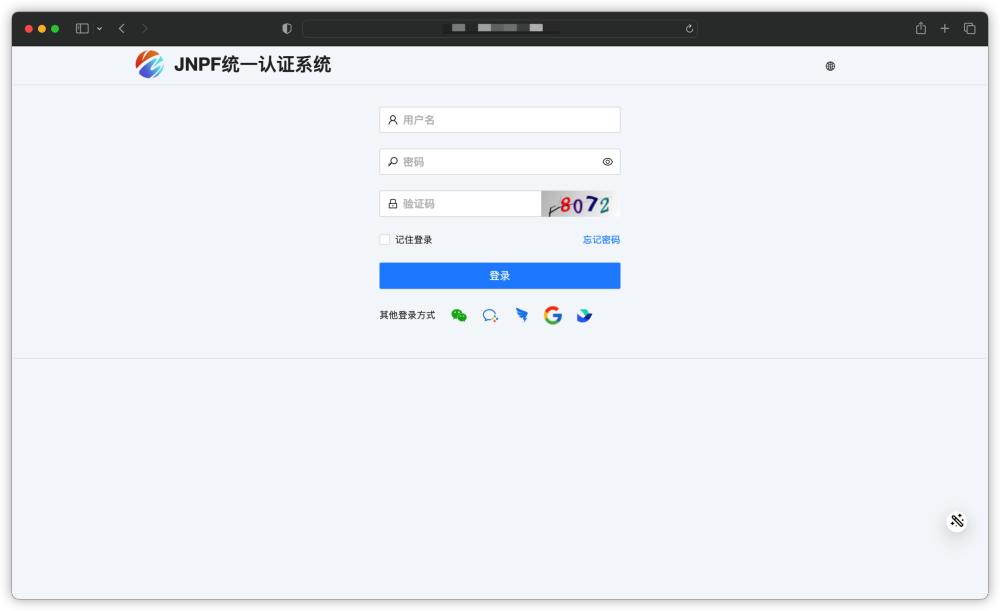
- Simple project deployment: one-click release and launch
JNPF makes project deployment extremely easy. With just one click, your project can be easily published to the server and go online quickly. No longer have to worry about the tedious deployment process and get your application to market faster.
- Support source code cooperation across the entire platform: create a win-win situation together
Using the SpringBoot framework, it supports distributed deployment of microservices, attaches great importance to common development with partners, and supports source code cooperation for the entire platform. This means that you can obtain the complete source code of the platform, conduct secondary development, and create unique value.
4. Summary
The low-code platform is powerfulThe advantages are obvious, but for people who are not familiar with the low-code field, this black box technology There will still be worry or distrust. Fear usually comes from not understanding, so I hope you can try it. Ending put it on the JNPF official website and try to do it as much as possible. Developers are always hands-on > understanding.